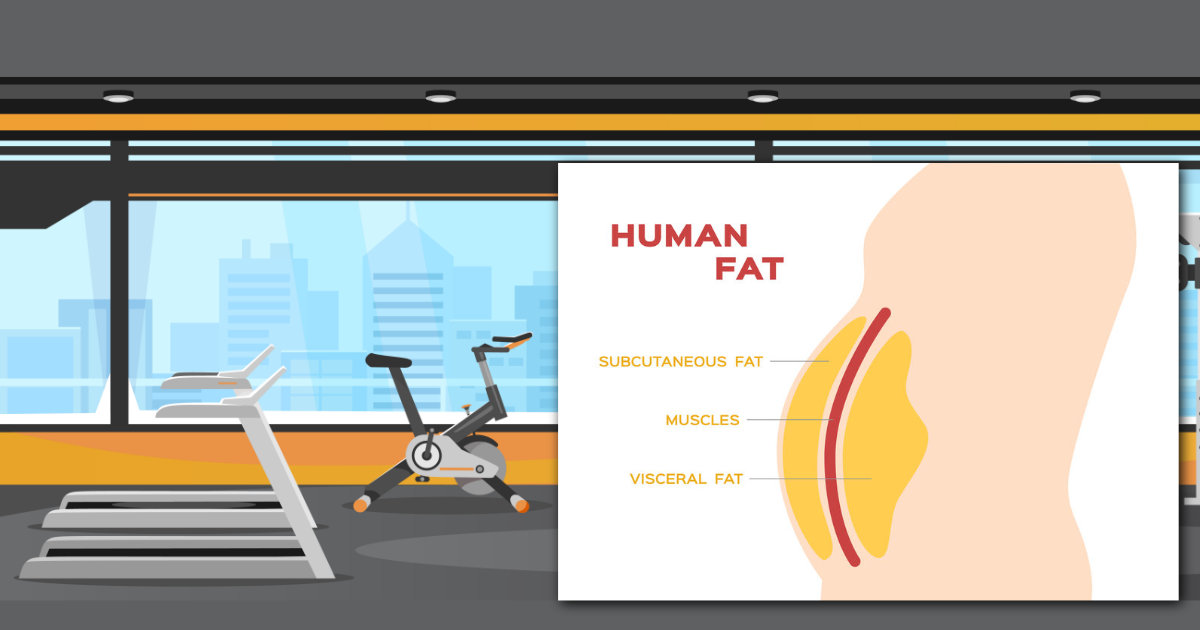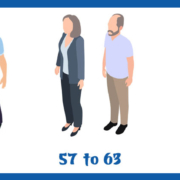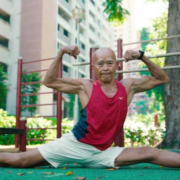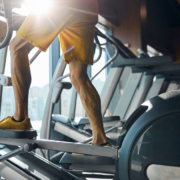HIIT: Specific Fat Loss
What were the results of HIIT training? The researchers found that there were reductions in overall weight as well as subcutaneous and visceral fat. What’s the difference? The fat just under the skin is subcutaneous fat; visceral fat is behind the abdominal muscles and around the internal organs and is more related to the development of cardiovascular disease and type 2 diabetes. There were no differences in the outcome variables with two exceptions:
- Those who were in the running group lost a greater percentage of subcutaneous fat than the cycling group at 16.1% vs. 8.3%. The other difference was that positive changes in the microbiome were correlated with the loss of subcutaneous fat. Before you get too excited, the actual loss of subcutaneous fat was close to two pounds in the running group and about one pound in the cycling group. Still, ask your butcher for one pound of fat and see what it looks like. It’s a lot and probably worth the effort doing the HIIT program.
- The other benefit was an improvement in some positive bacteria in the microbiome. It wasn’t associated with running or cycling; it was correlated with the loss of subcutaneous fat. It seems that visceral fat would show more benefit, but that wasn’t the case. Maybe someday we’ll find out why.
The obvious problem with doing a running HIIT program is that you have to be able to run—at least for 45 seconds. While my running is progressing slowly, I do intervals only while walking or riding the exercise bike. But running for 45 seconds? I can handle that.
Finally, while I was puzzled about the microbiome benefits, I also questioned why there was a difference between cycling and running when it came to the loss of subcutaneous fat. The researchers didn’t have a reason to explain it. I’ll give you my informed opinion: running integrates more of the core during the actual interval than cycling does. My hunch could be tested with sensors that detect the electrical activity of muscles, but that’s fine tuning that might not be necessary. As a scientist, I always want to know why, but that’s not important; it’s just important that it is.
We’ve seen that 30 minutes of moderate walking can prevent the loss of muscle and a HIIT running program can help lose subcutaneous fat in those who are overweight. How about getting fitter faster? Is that possible? Find out next week when we look at SIT training—and sitting does have something to do with it!
What are you prepared to do today?
Dr. Chet
Reference: Med Sci Sports Exerc 2024 May 1;56(5):839-850.









